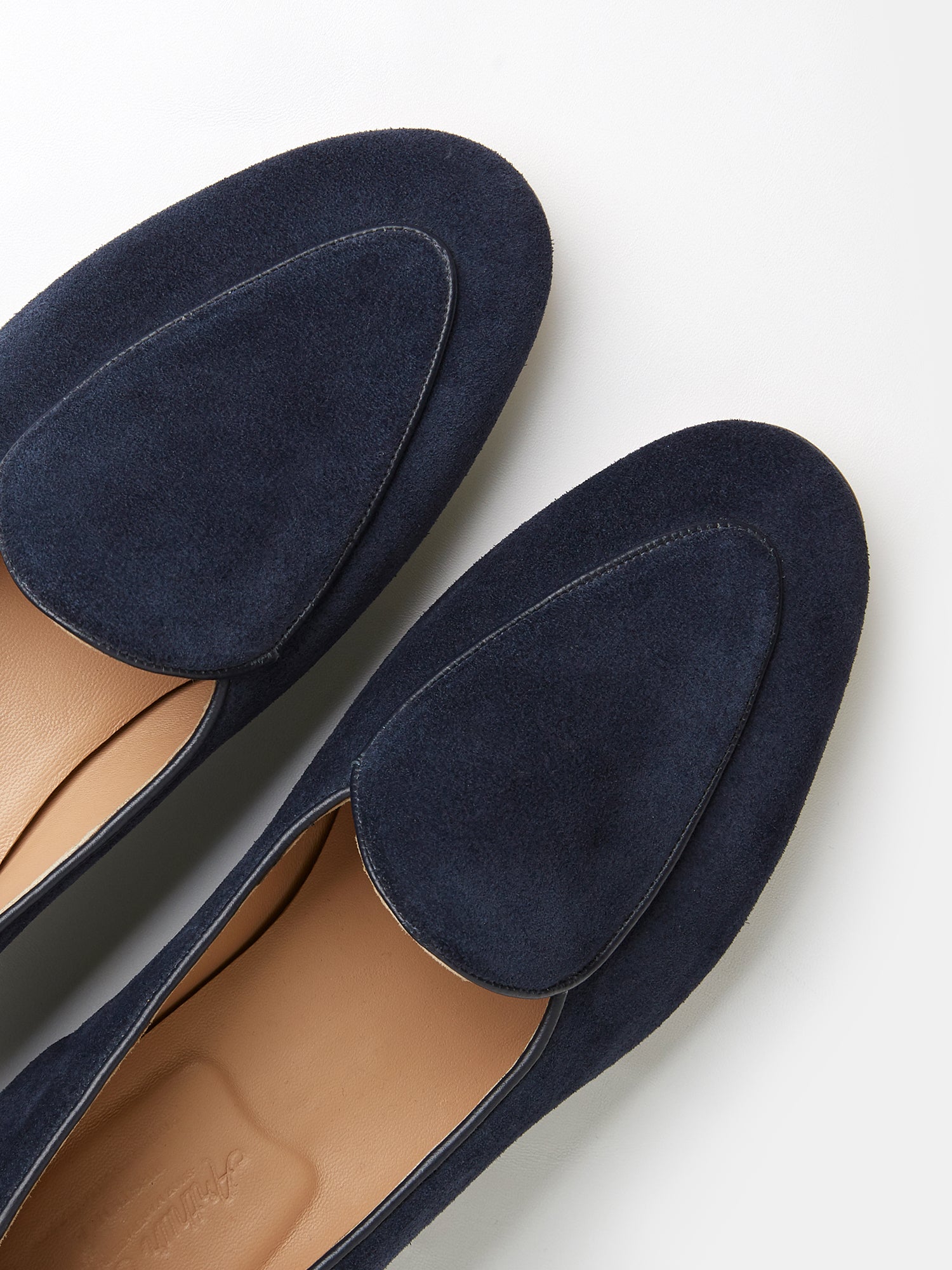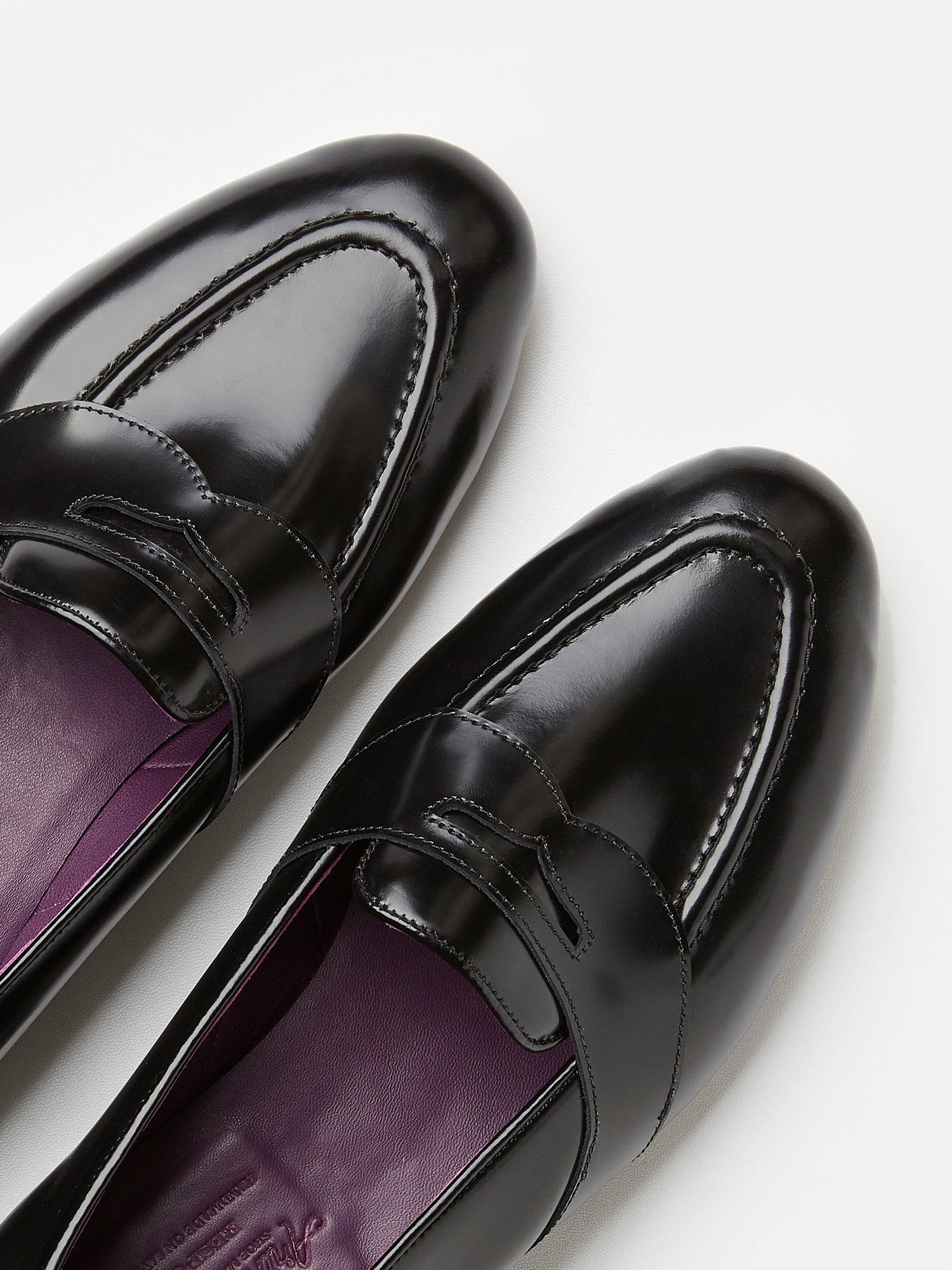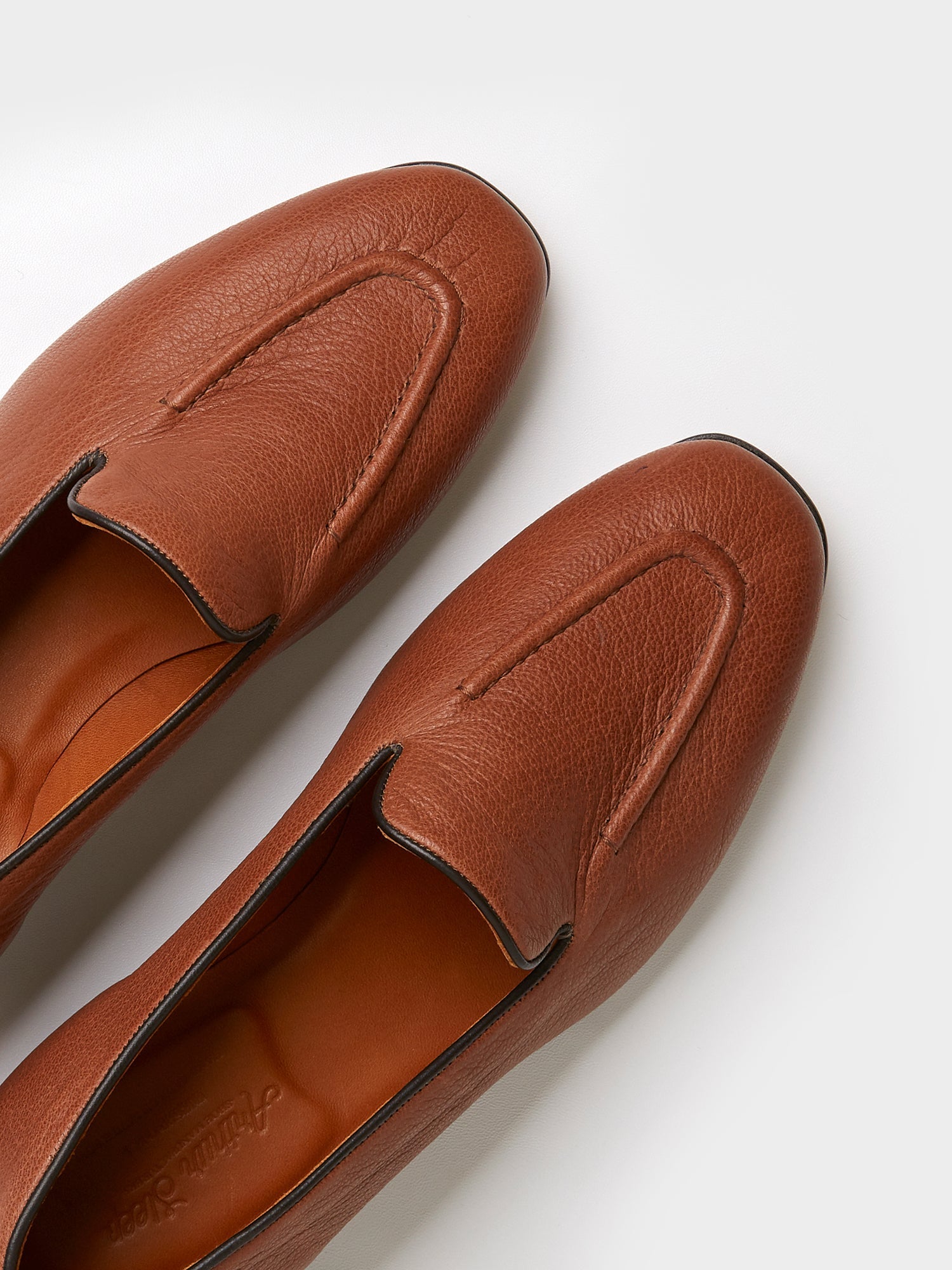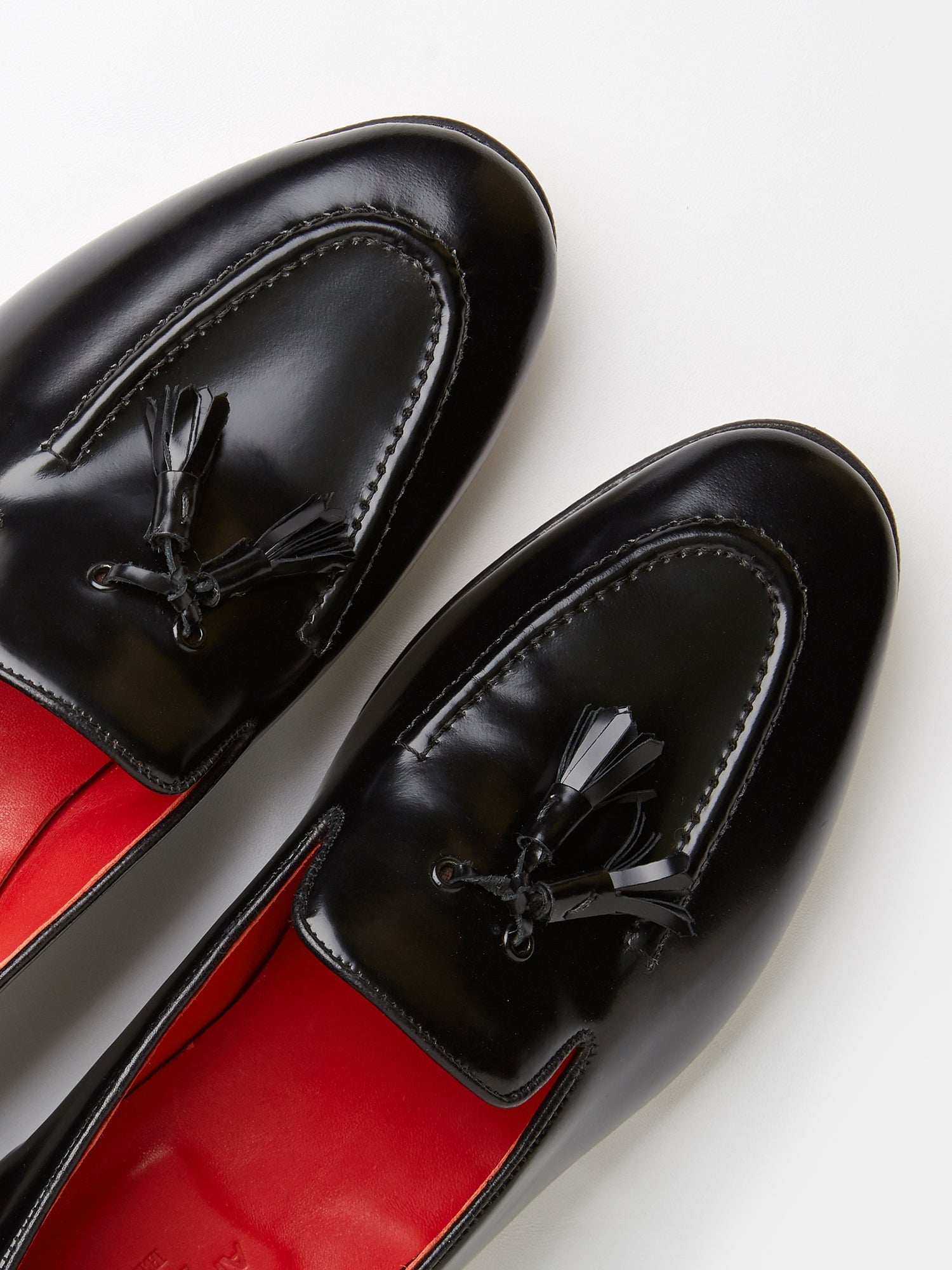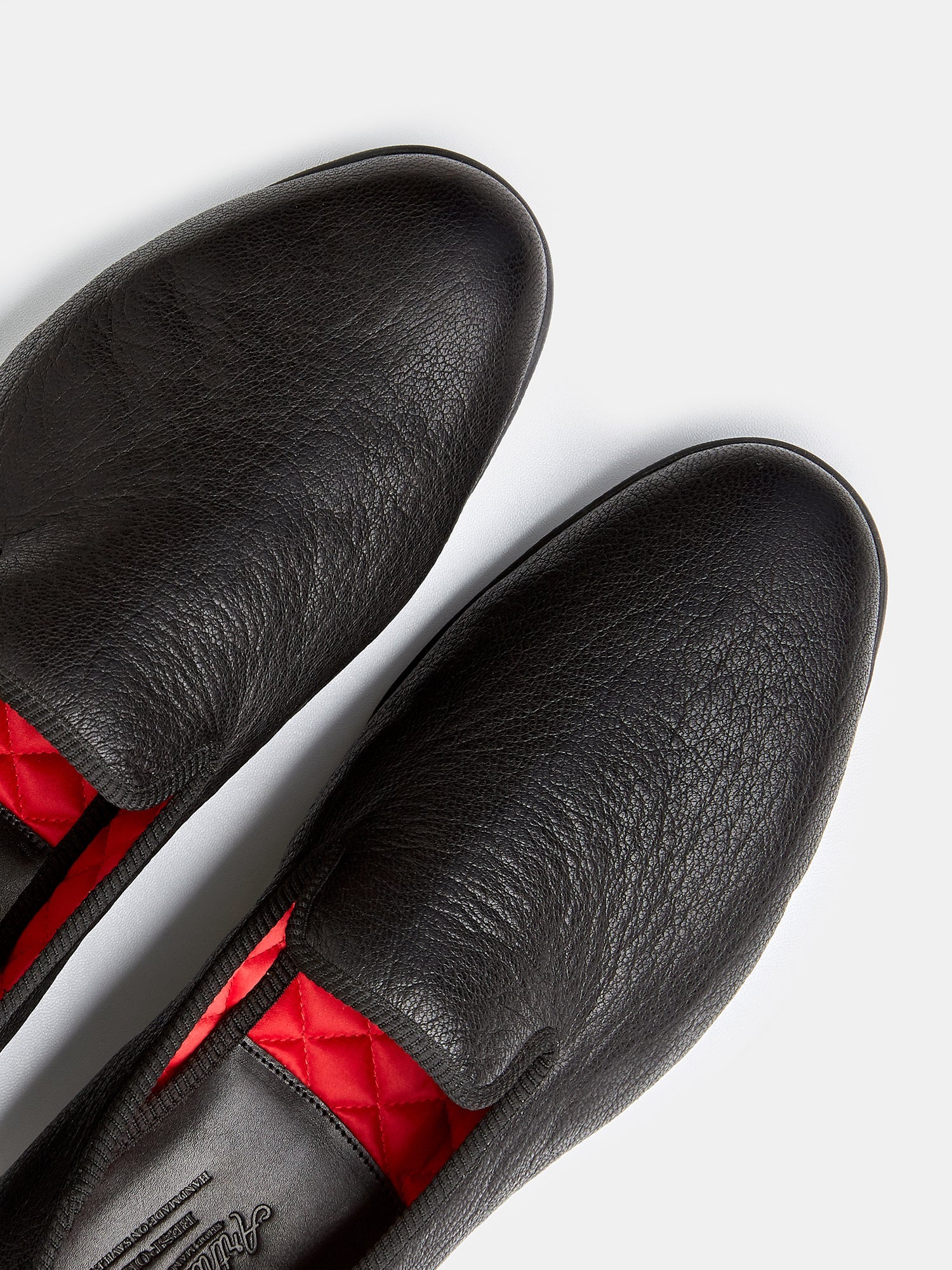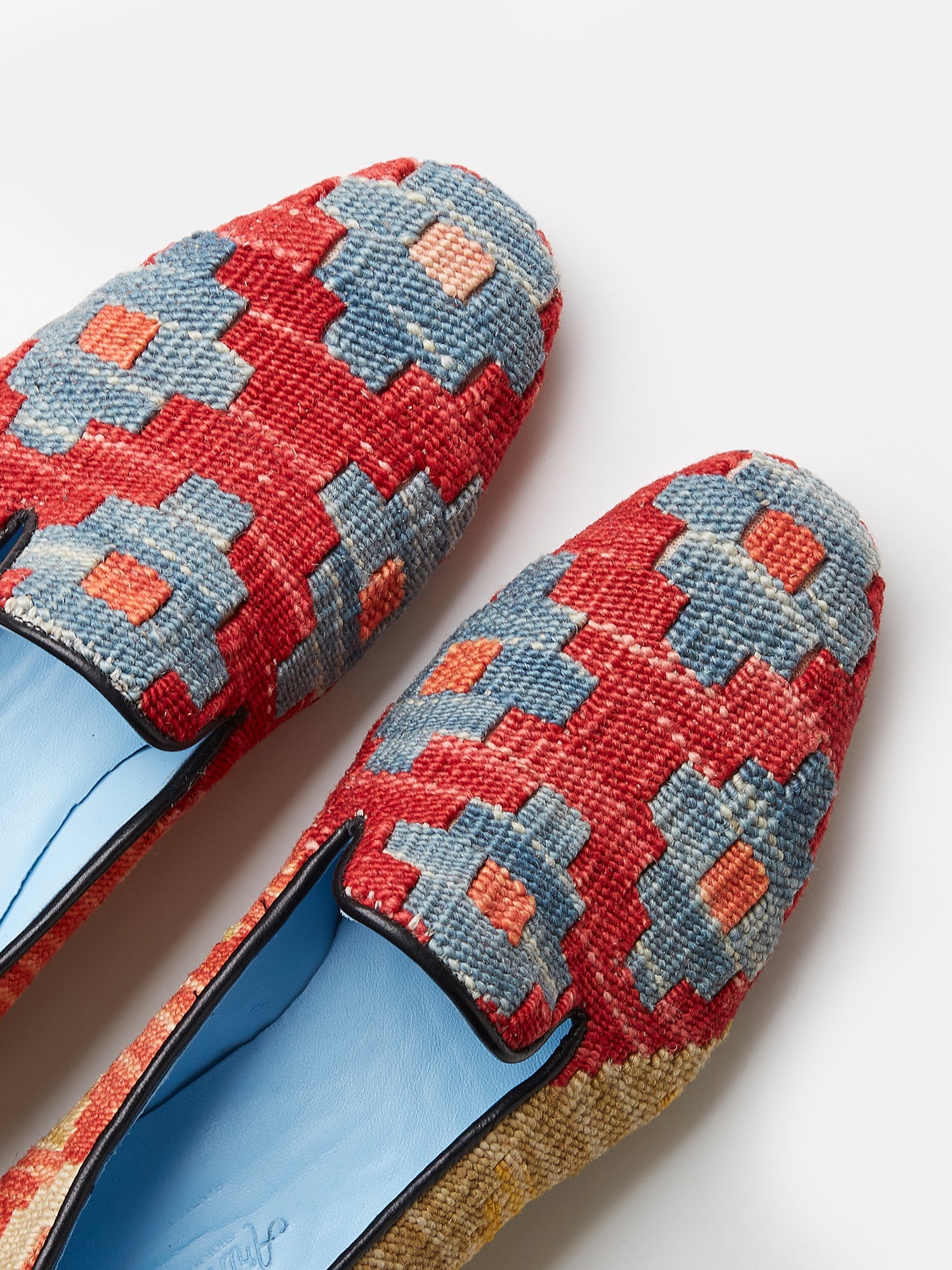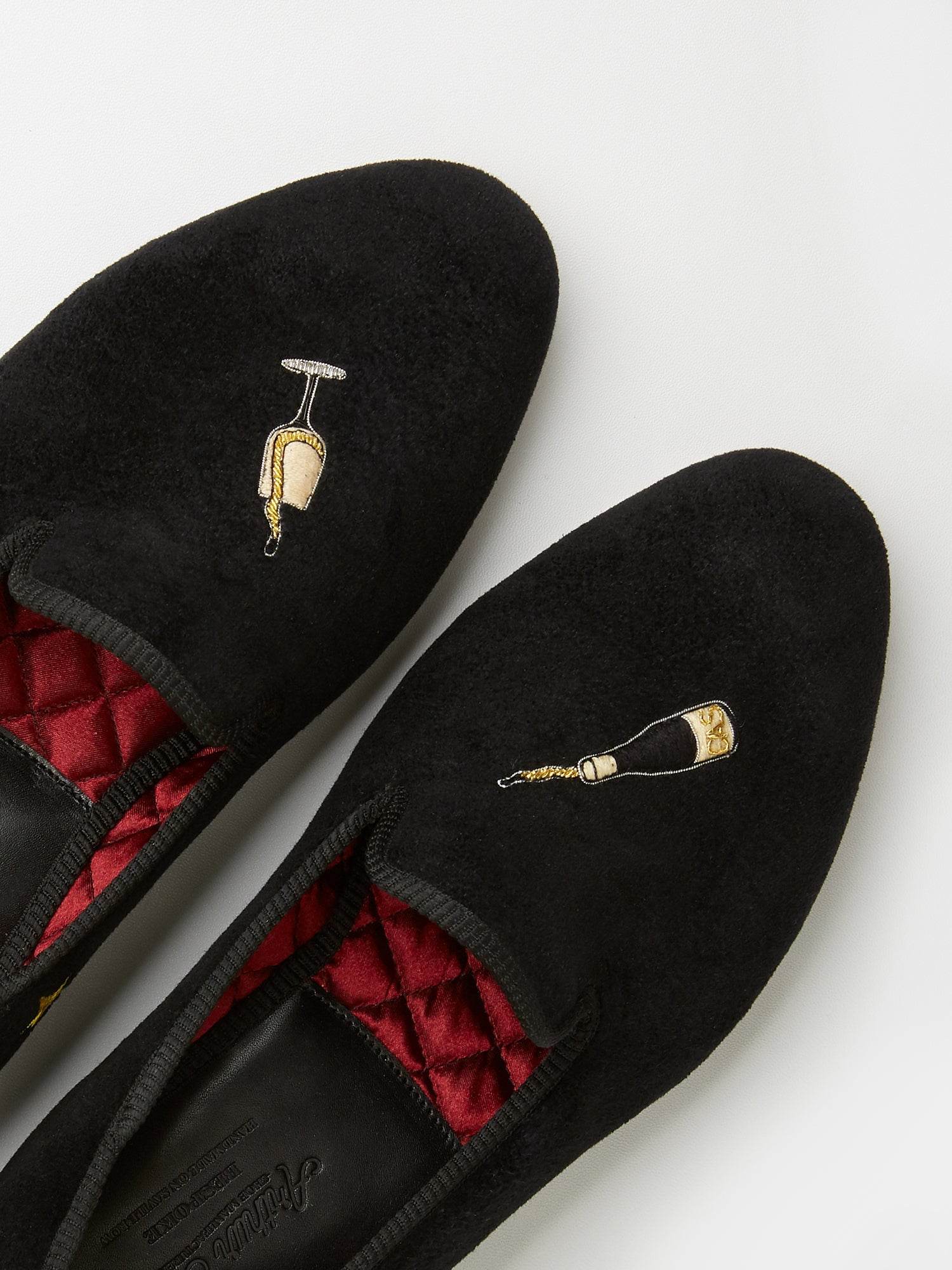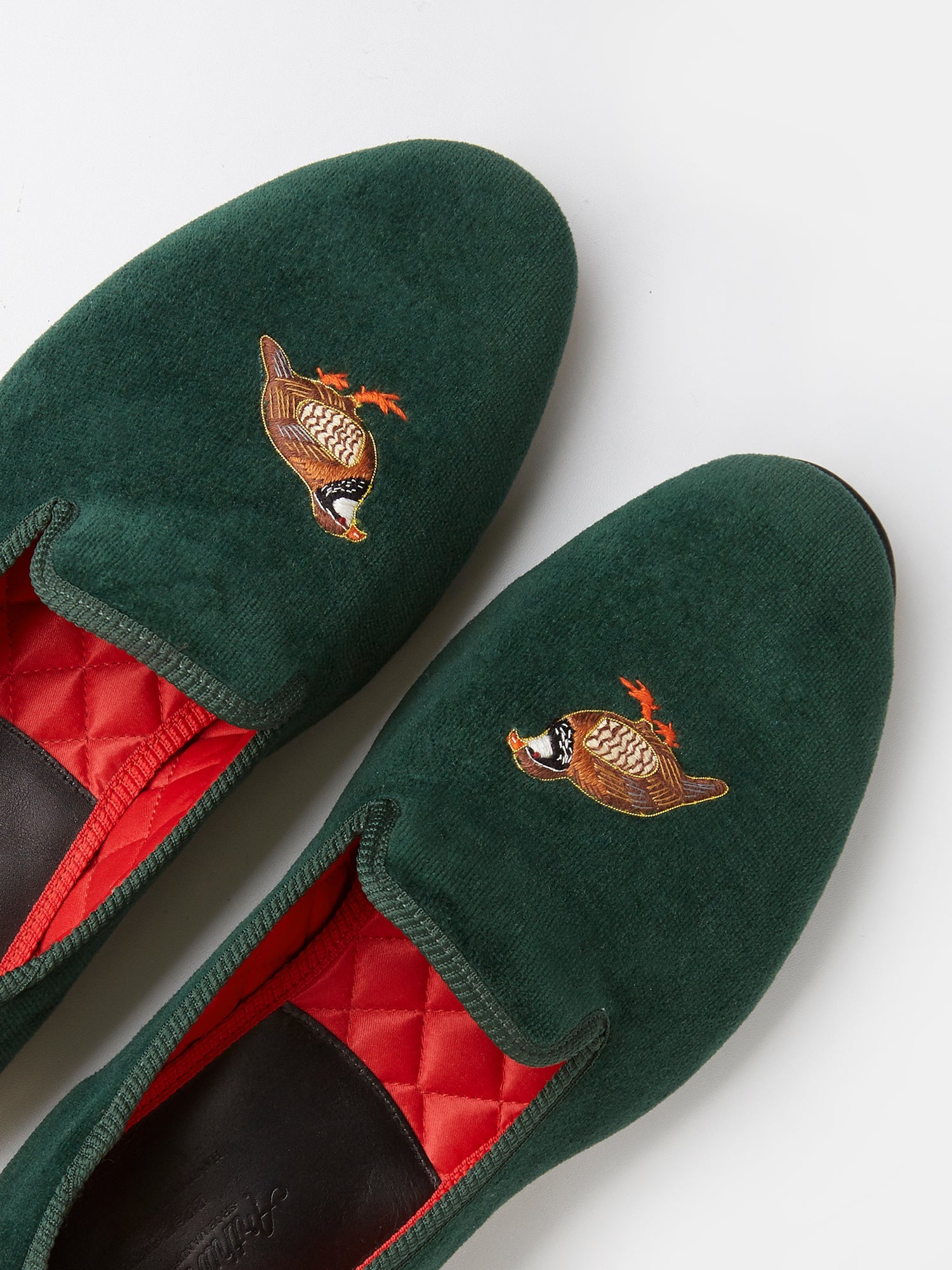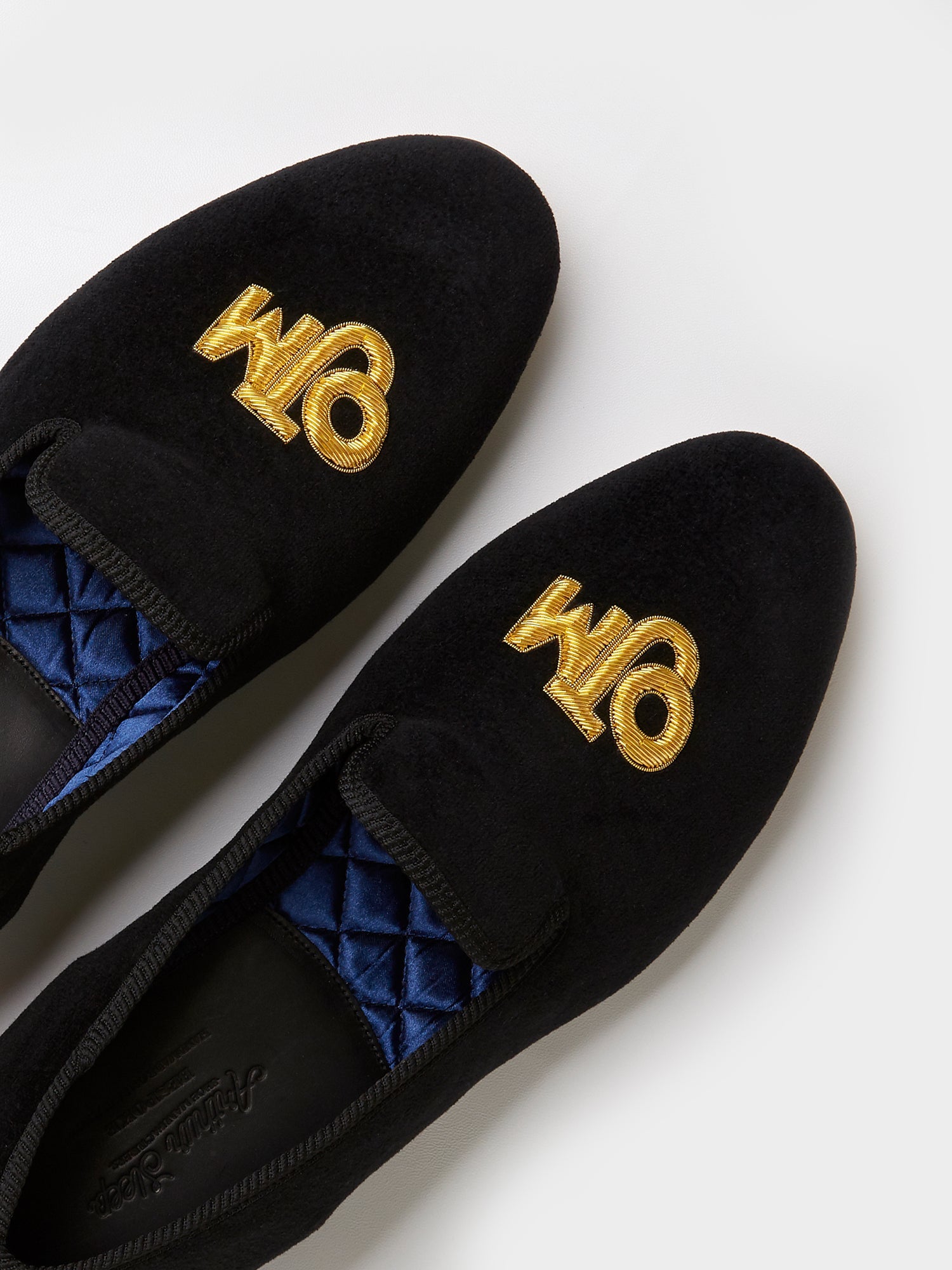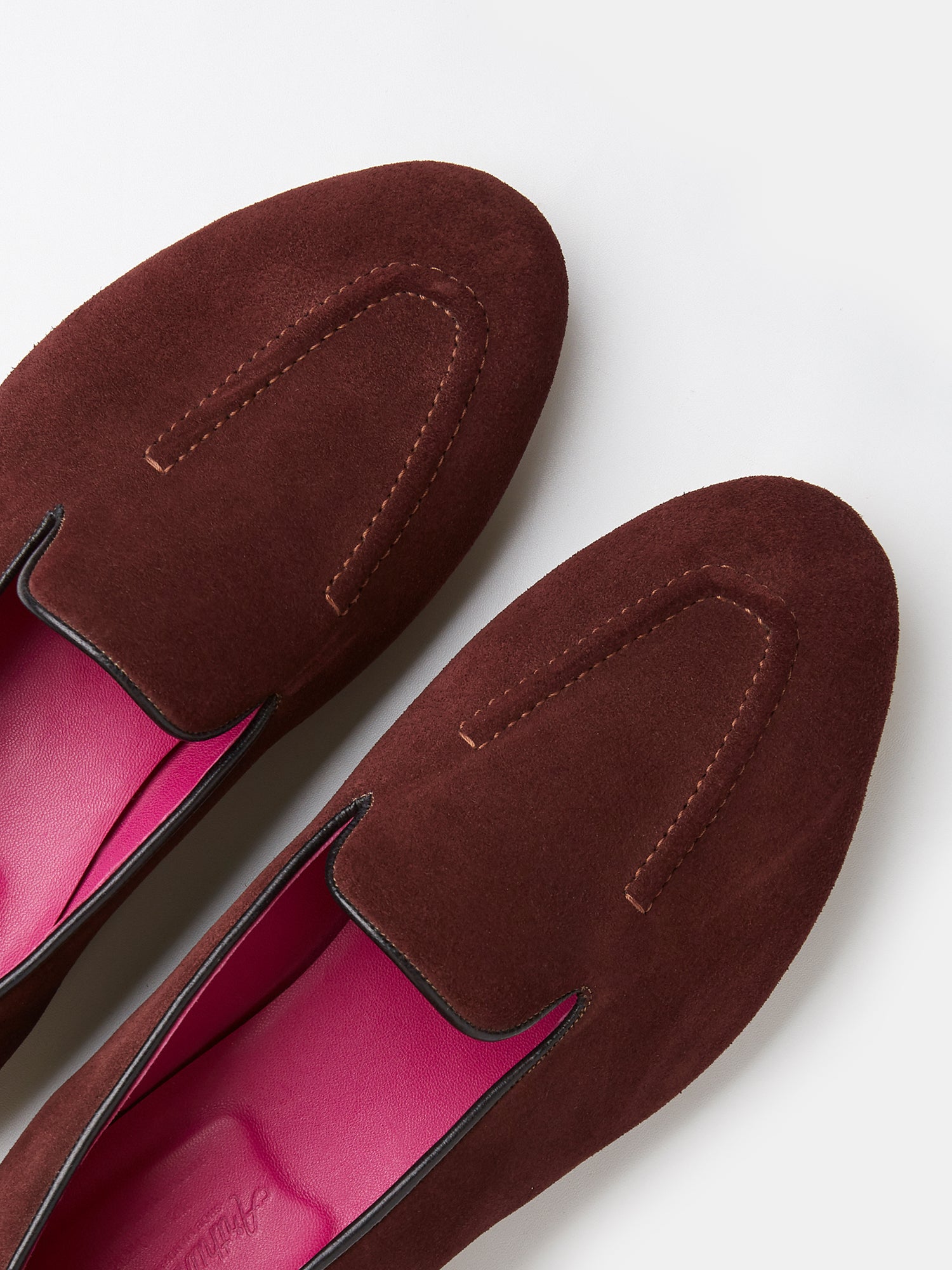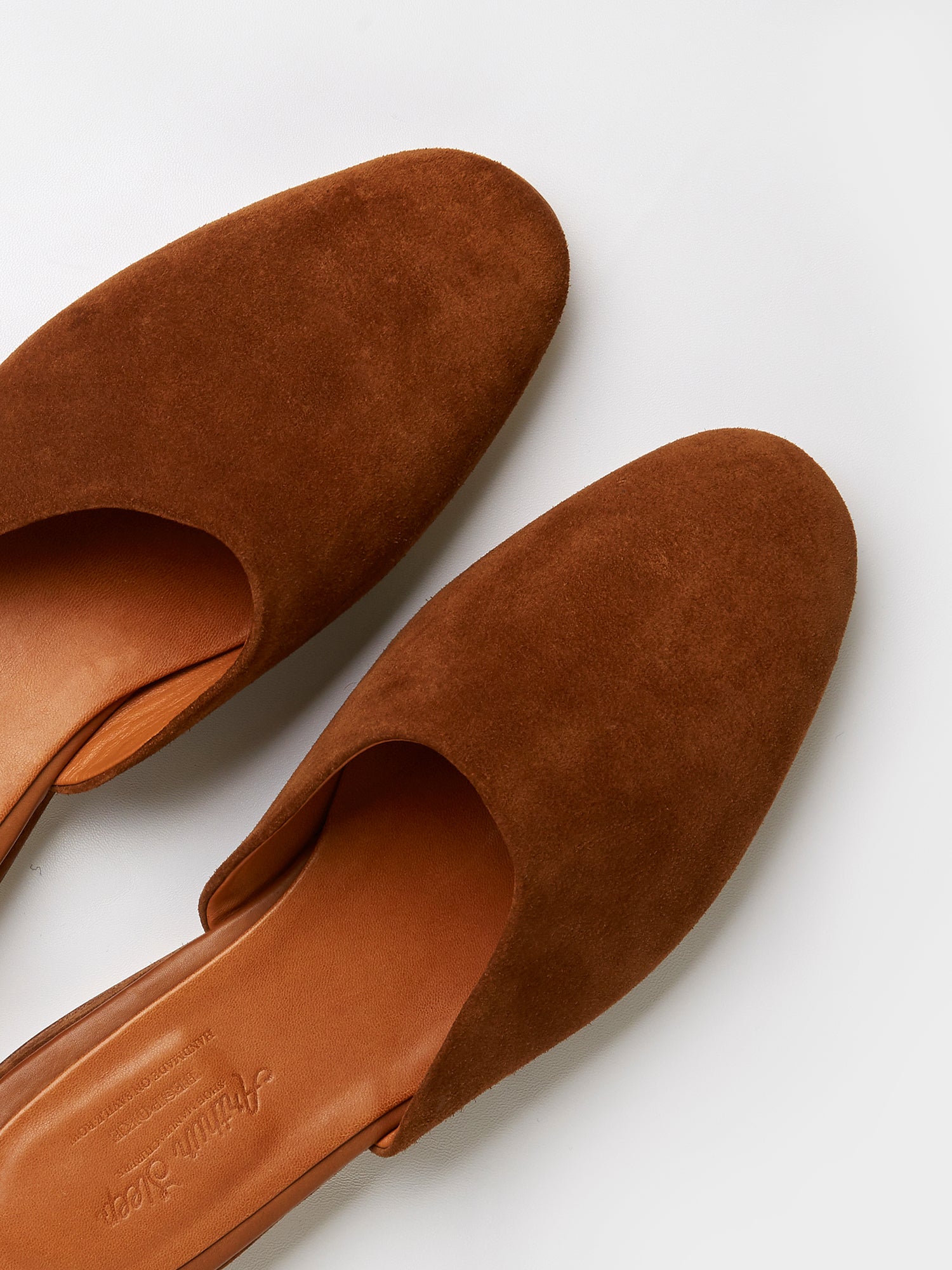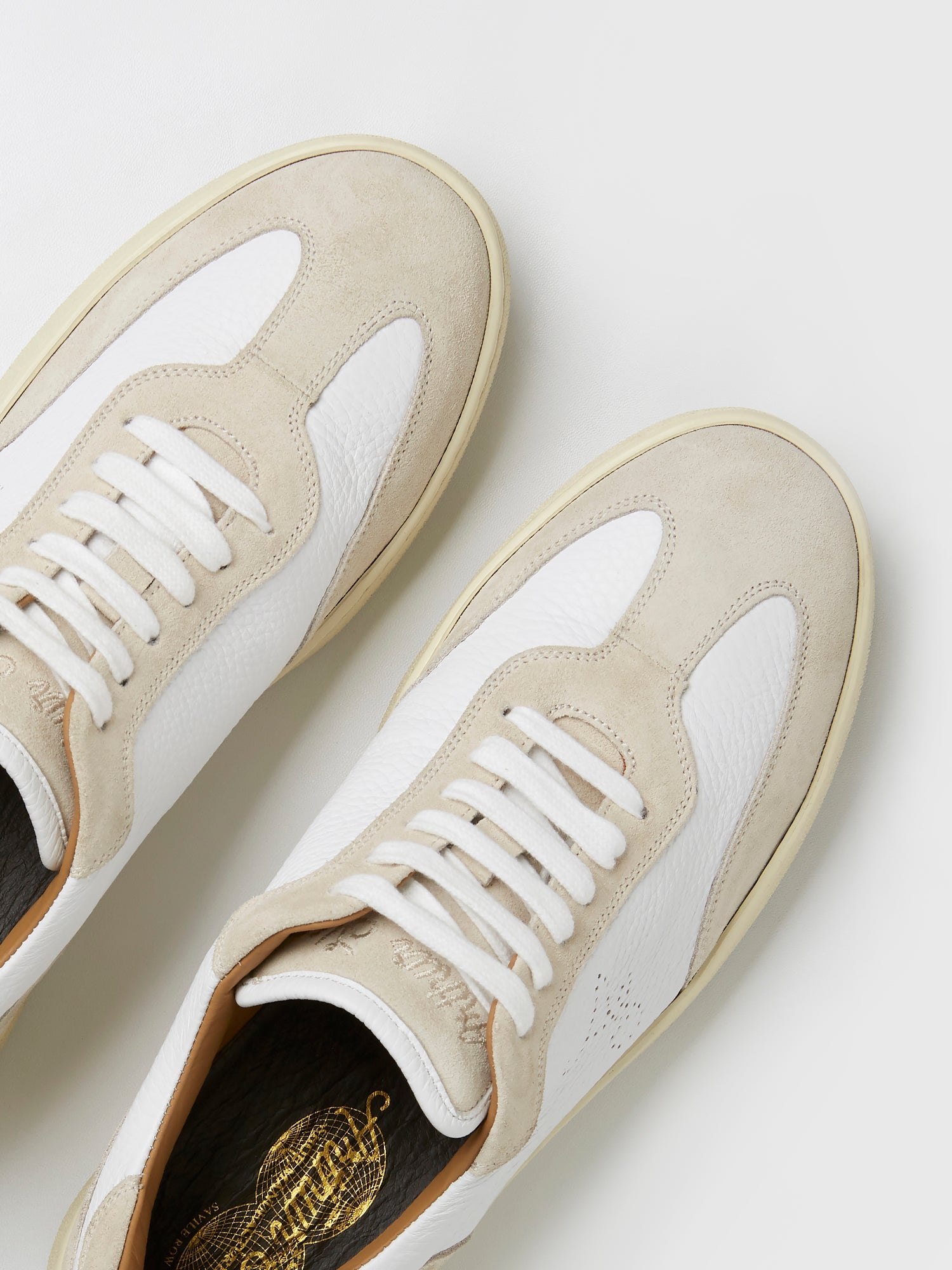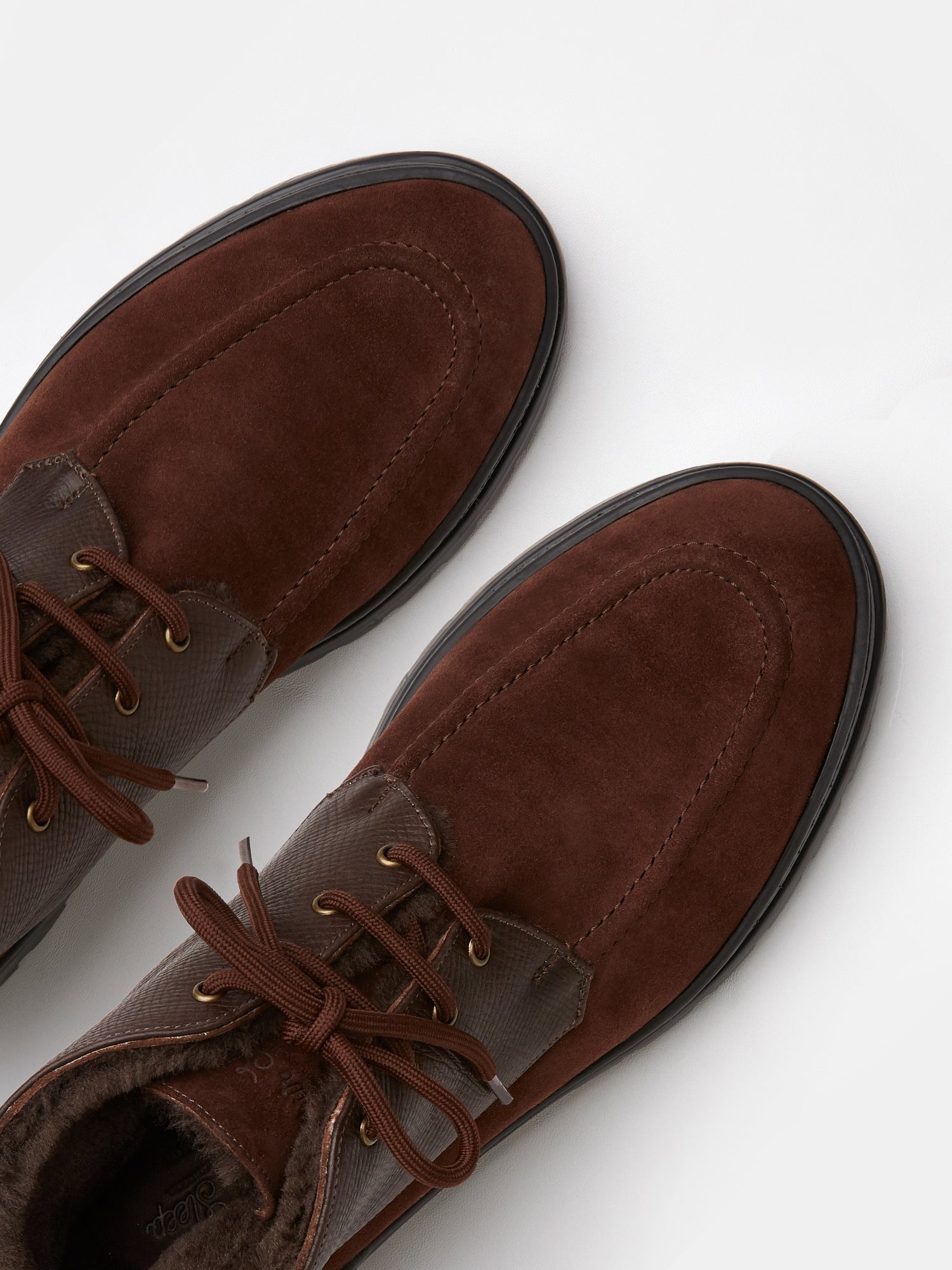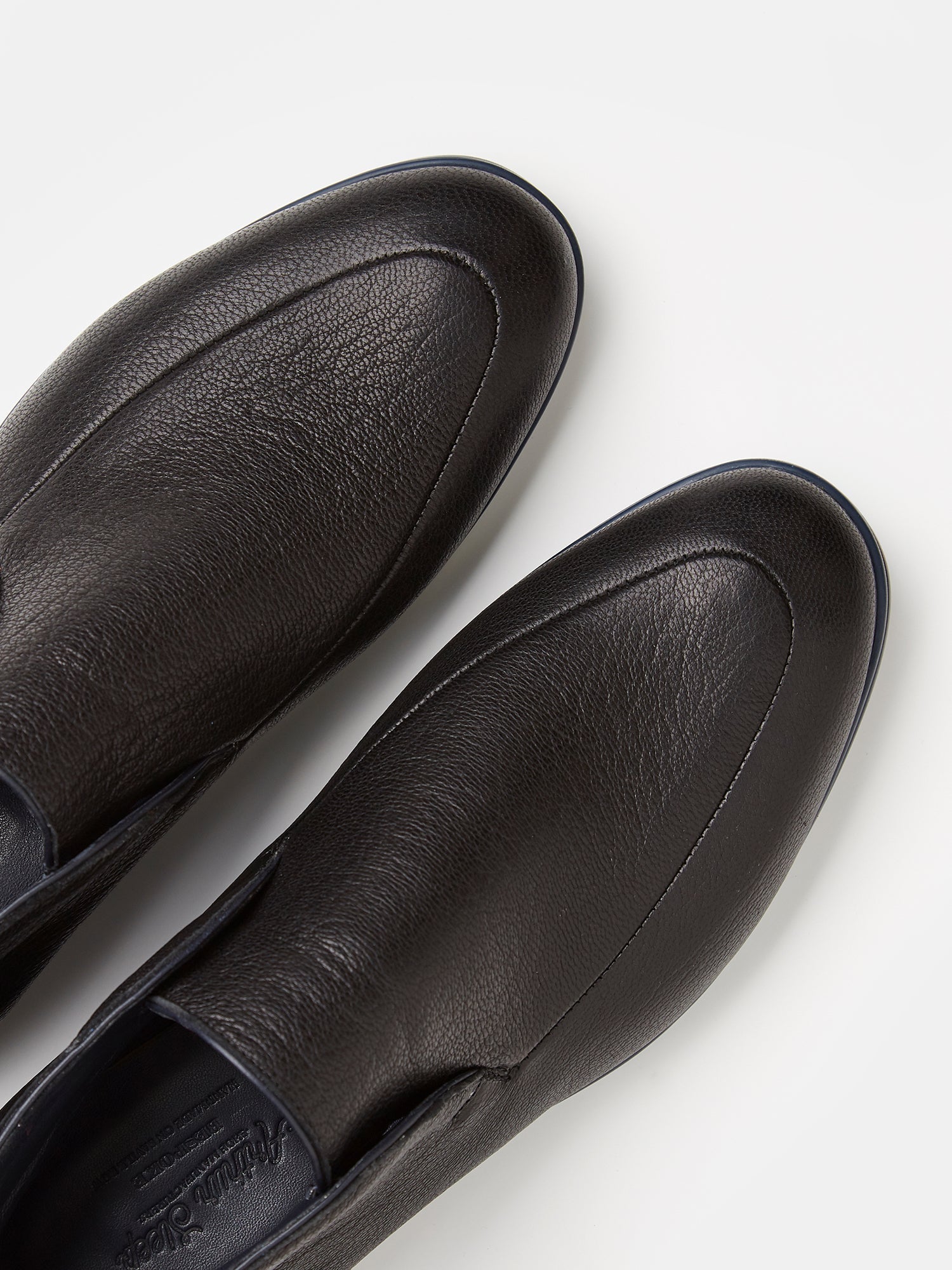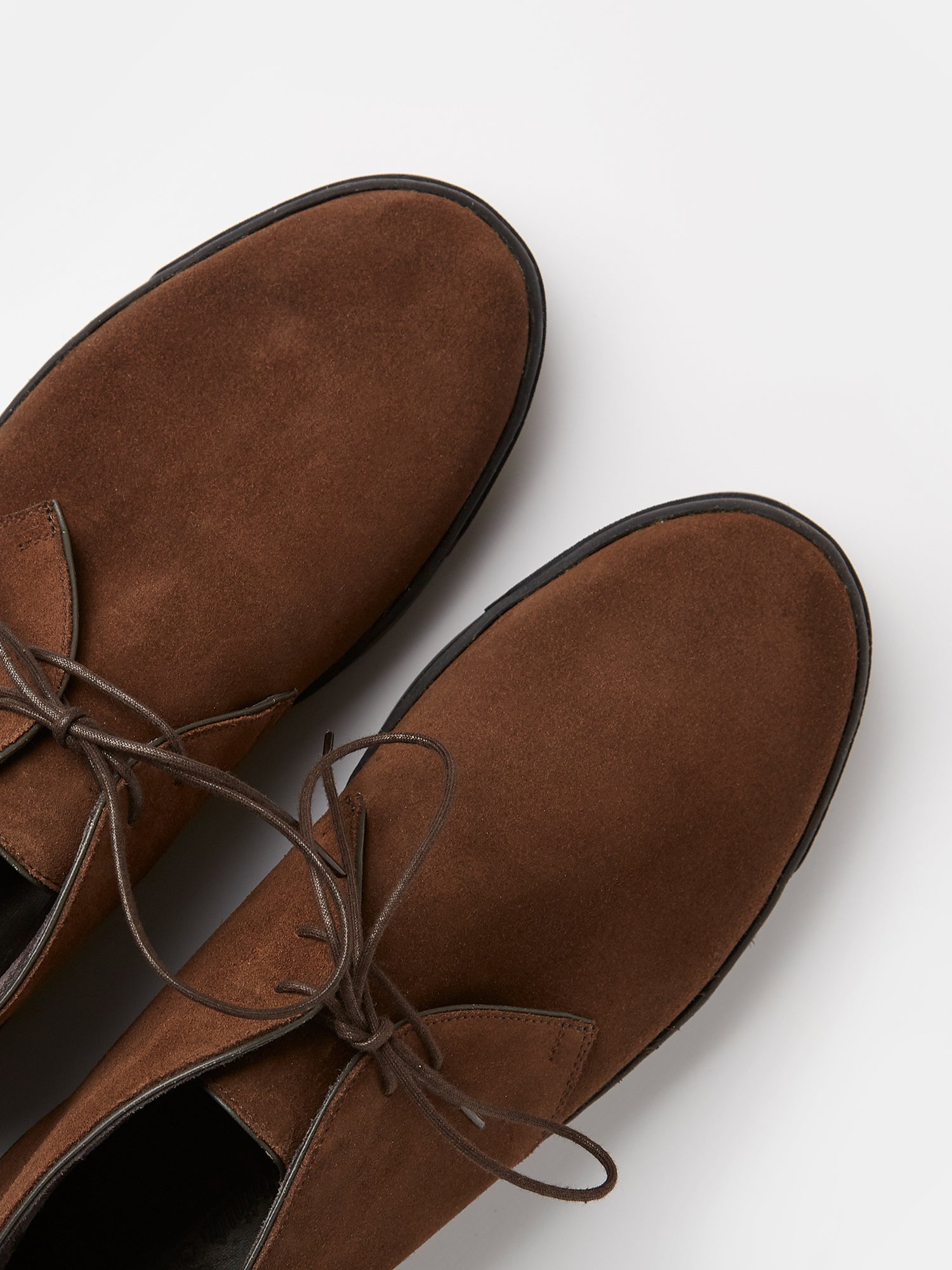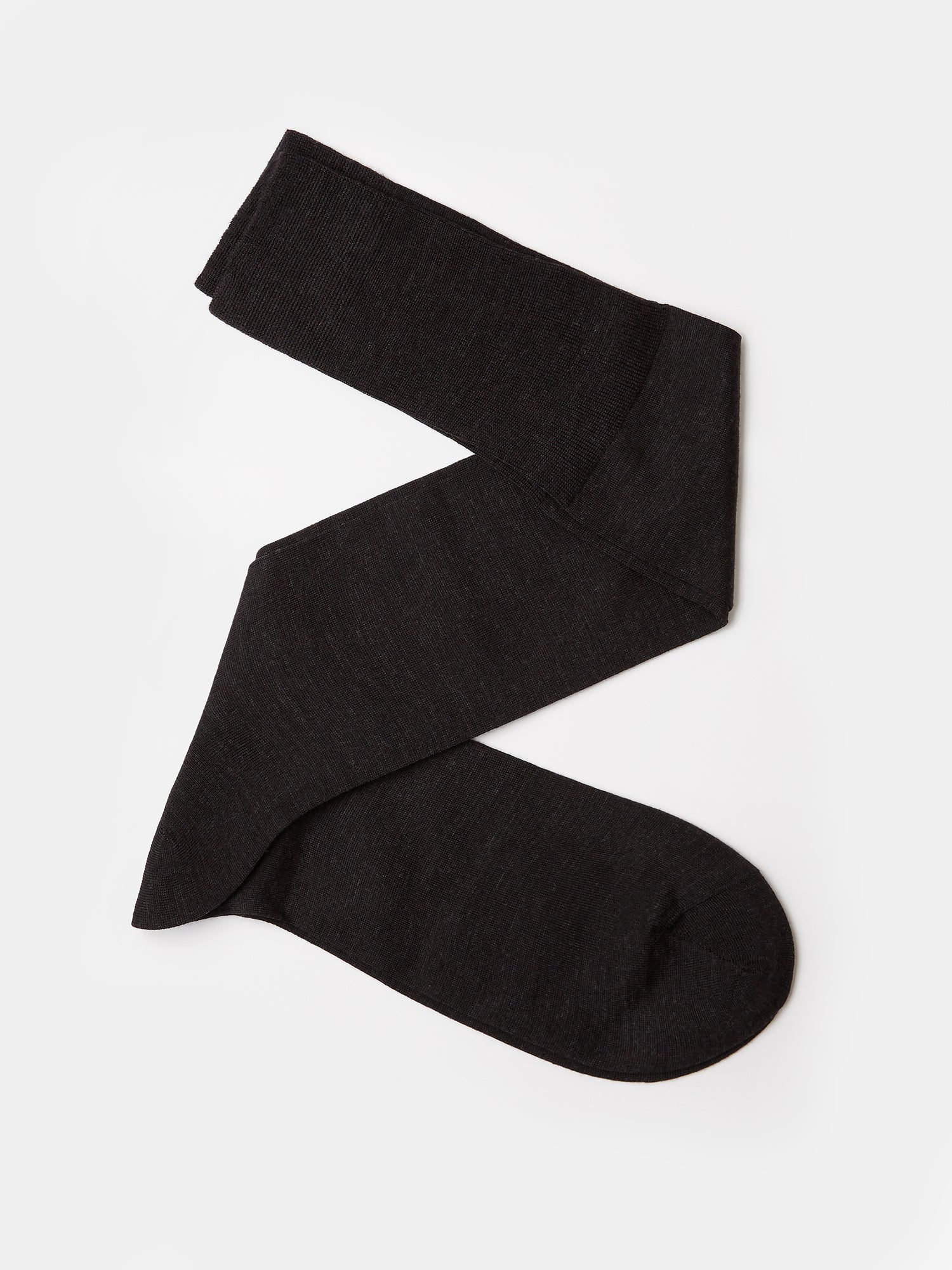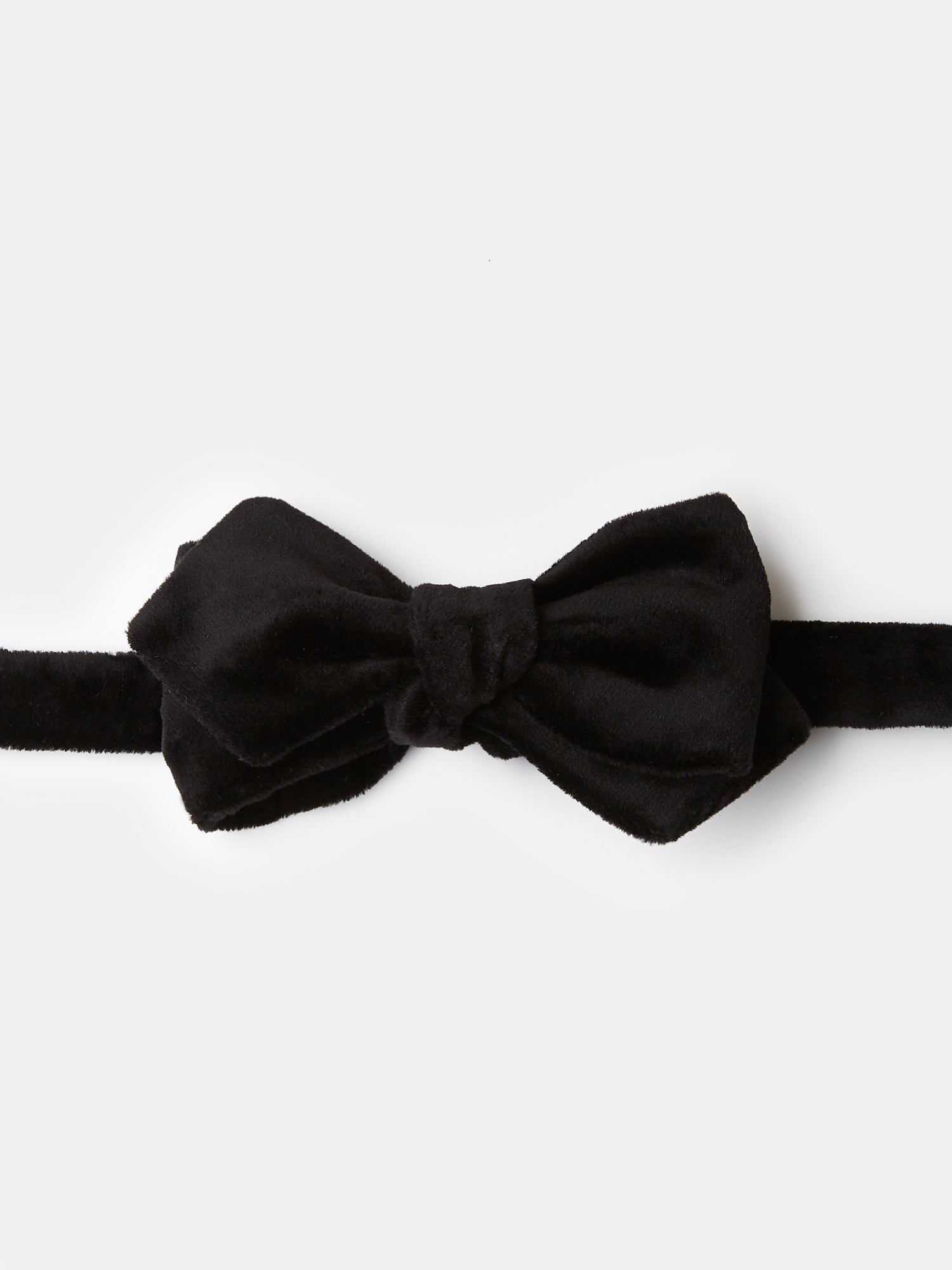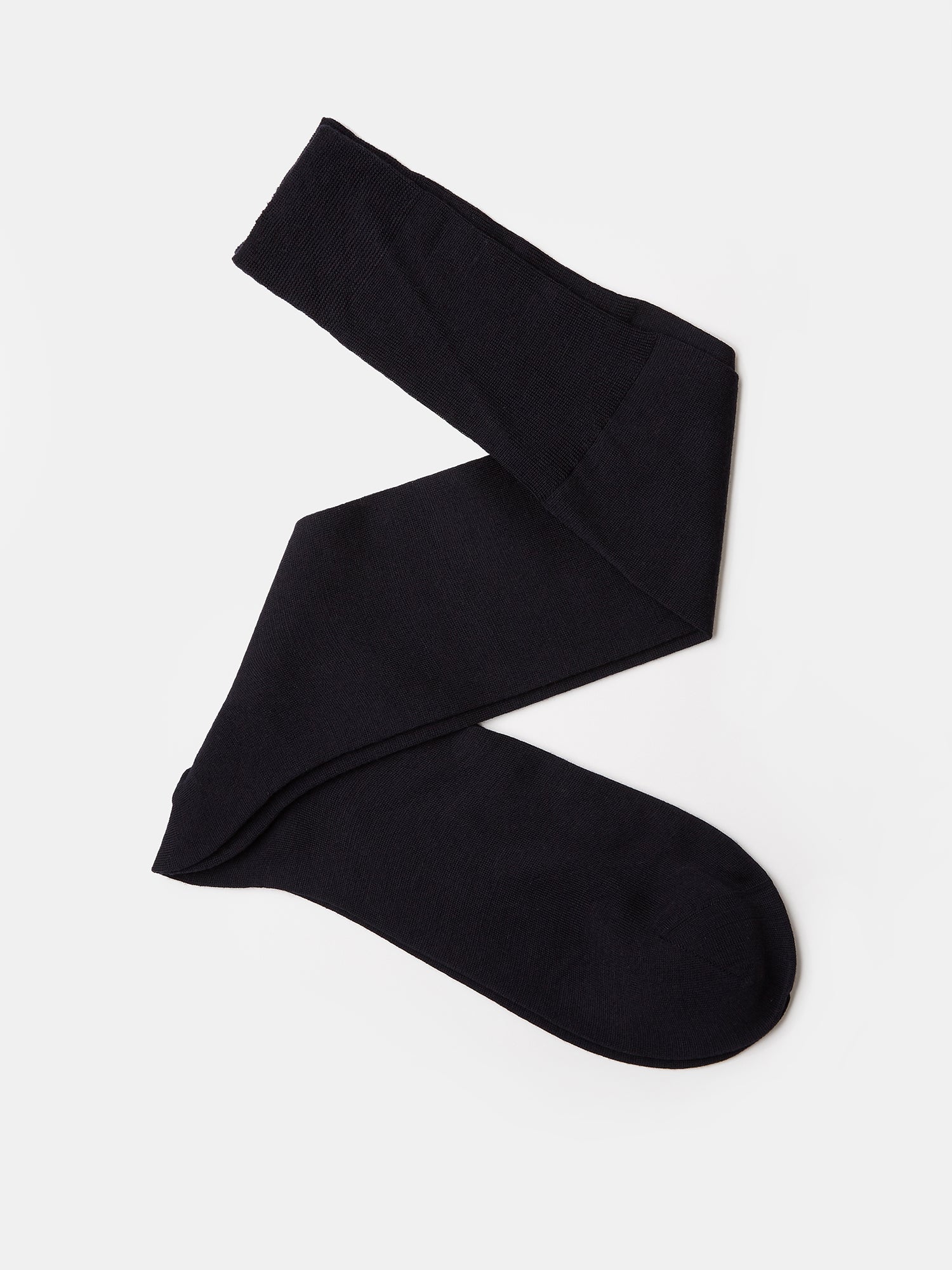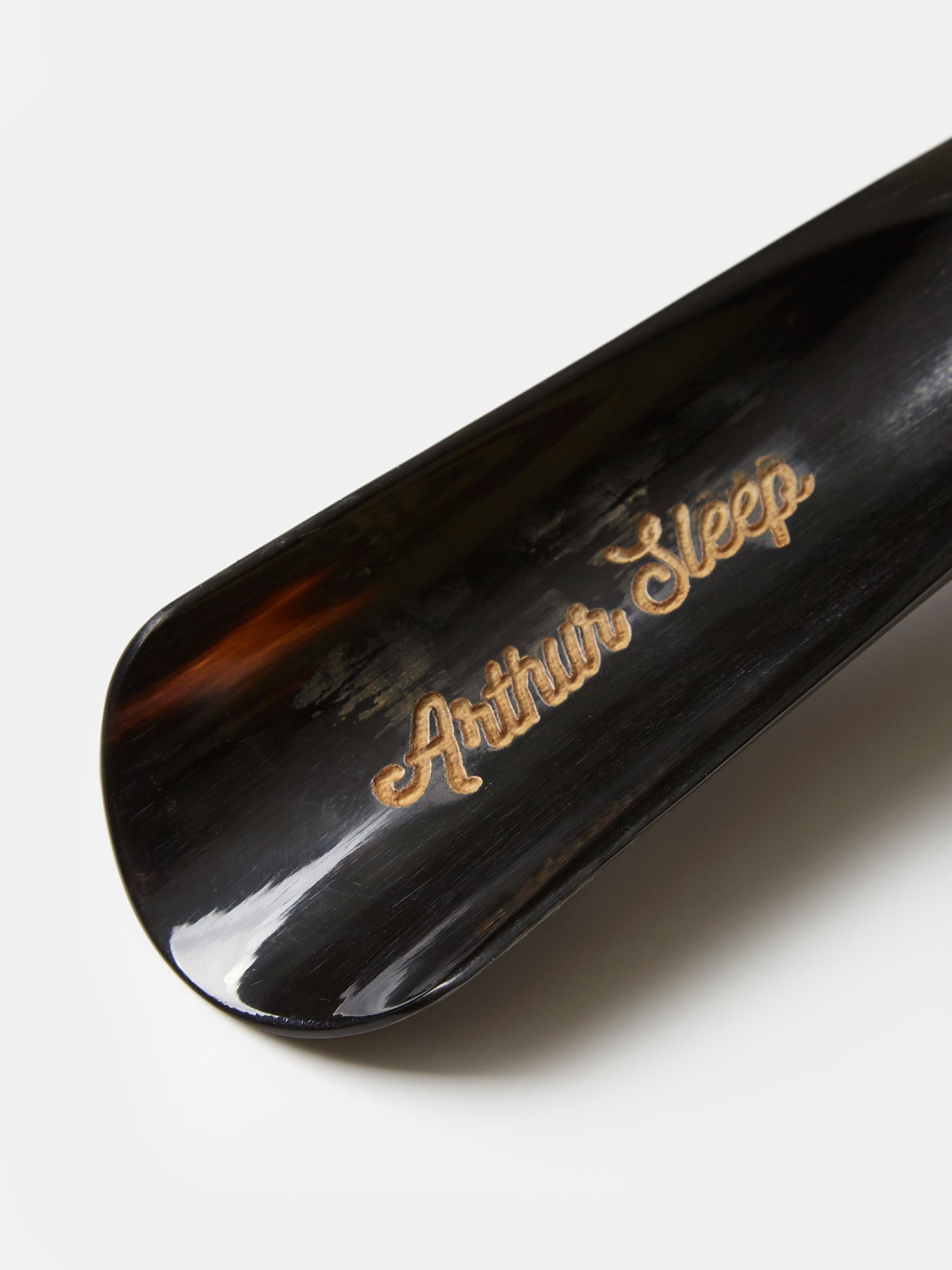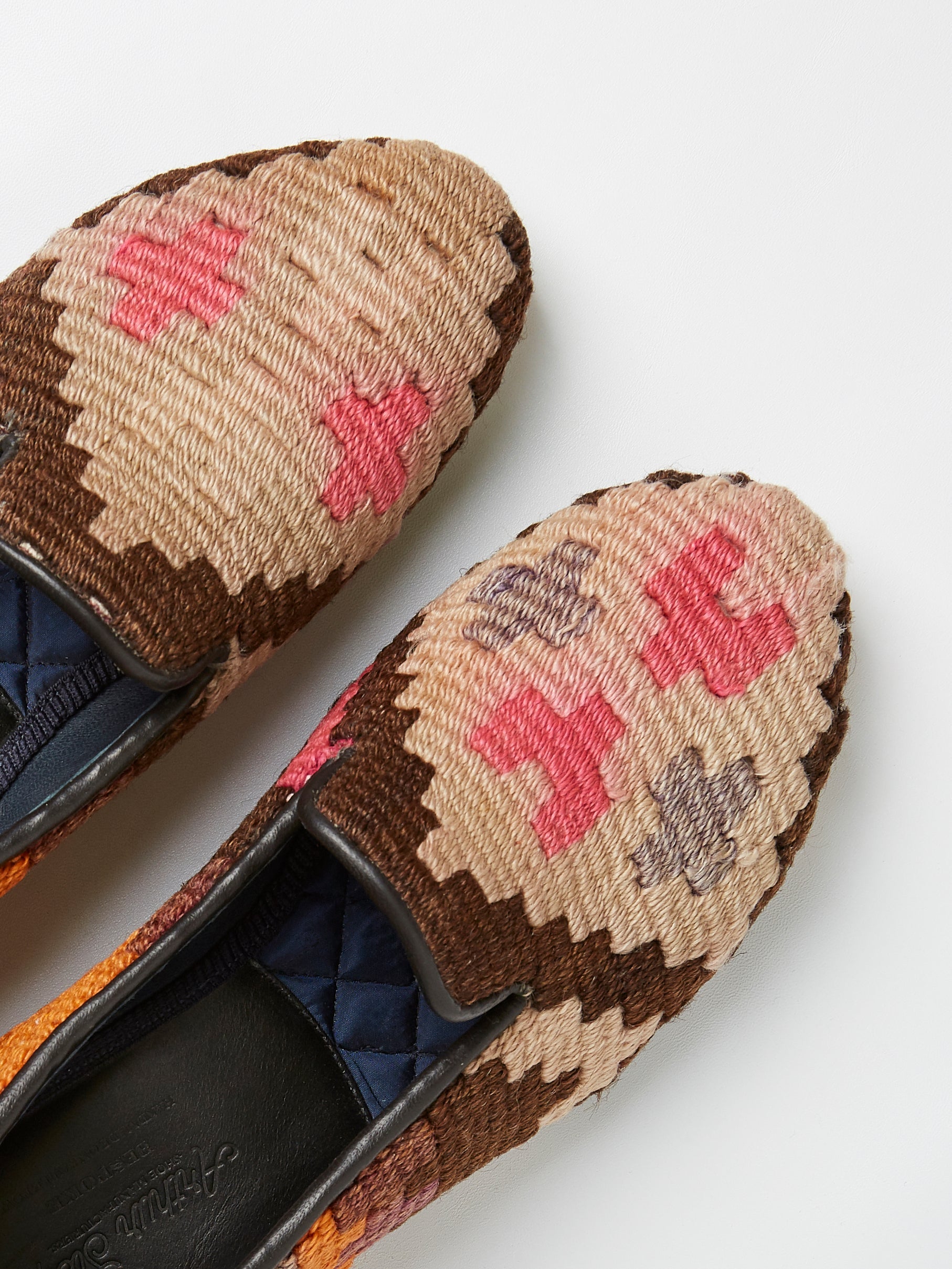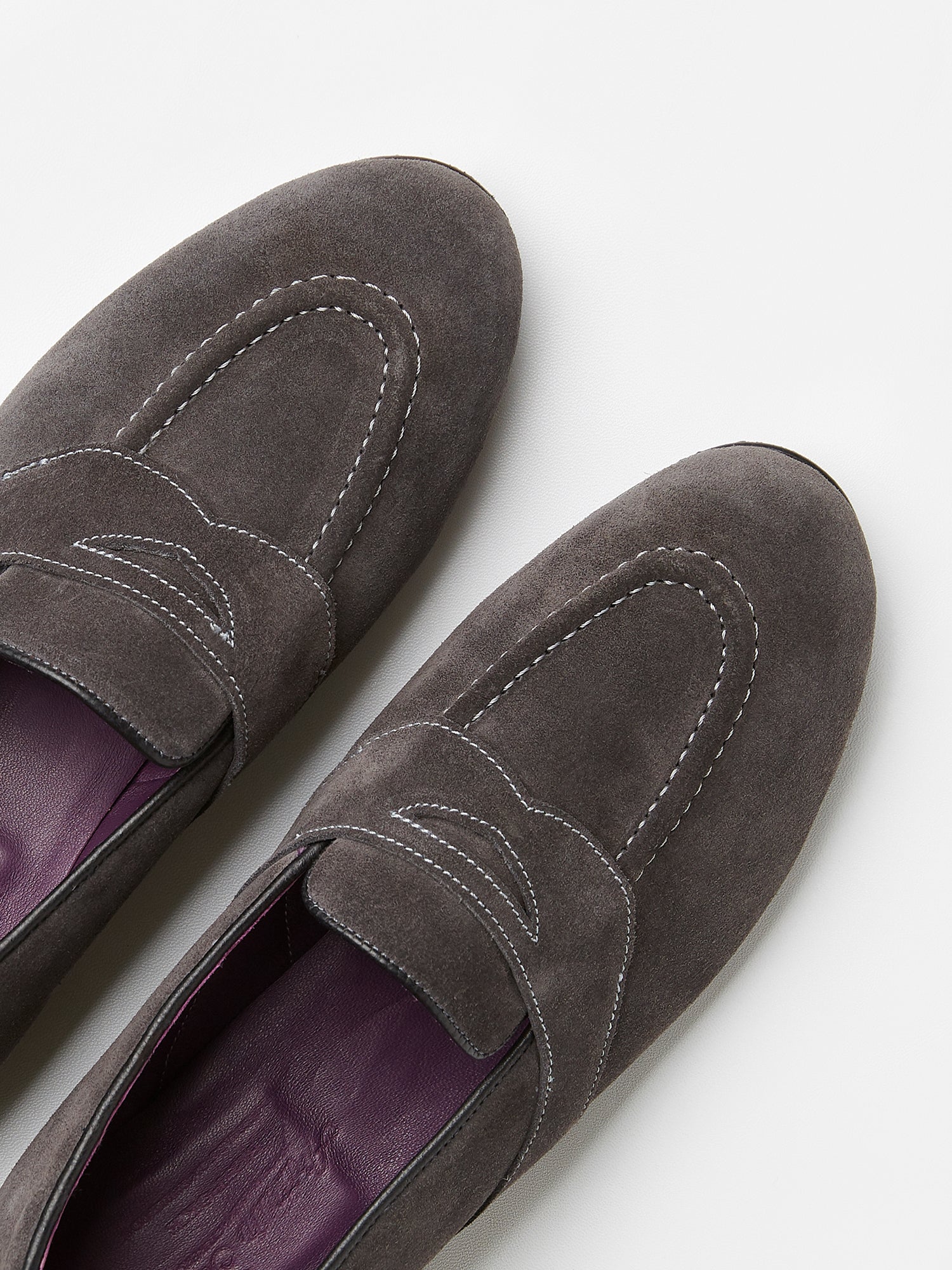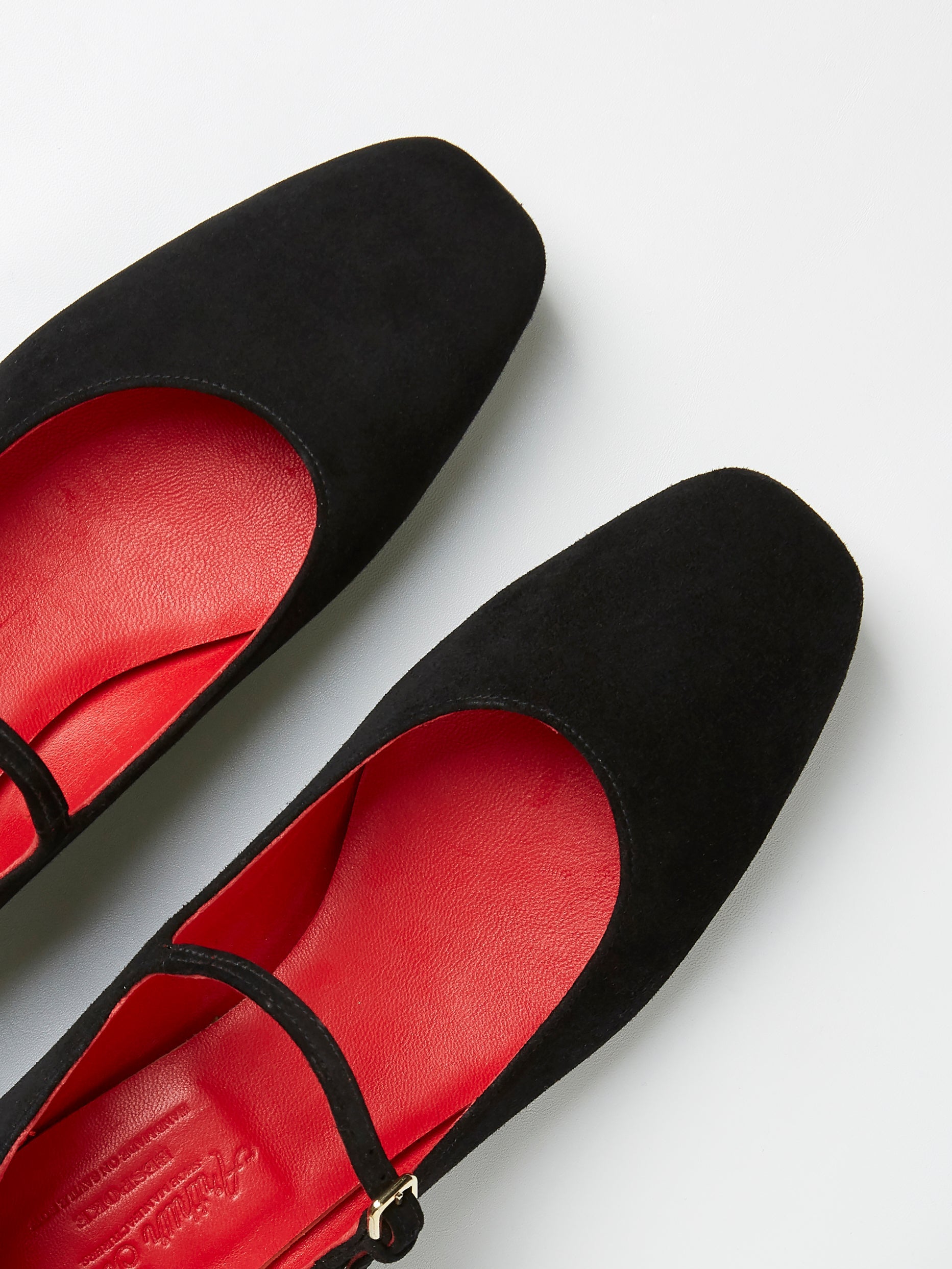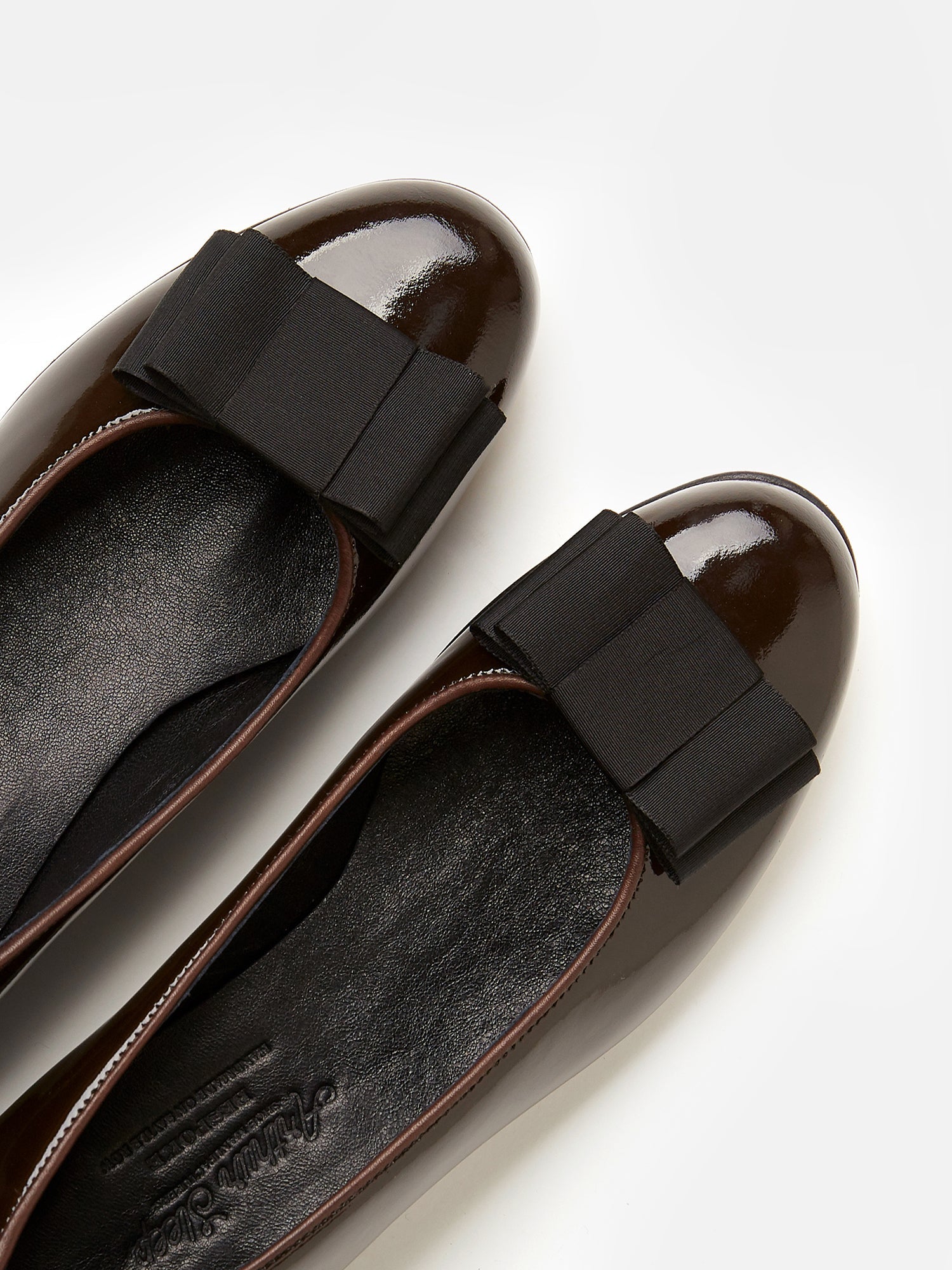The espadrille is a timeless and versatile shoe that has captured the imagination of fashion enthusiasts around the world. With its origins dating back centuries, the history of the espadrille is rich and intriguing.
The roots of the espadrille can be traced back to the ancient civilizations of Egypt and Rome. The earliest known examples of this type of footwear were made from natural materials like papyrus leaves and grass. These early versions were simple in design, consisting of a sole made from woven fibers and a piece of fabric wrapped around the foot.
It was in the Pyrenees region of Spain and France where the espadrille truly took shape. The name "espadrille" is derived from the Catalan word "espardenya," which means "made of esparto," a type of grass used in making the soles. In the 14th century, espadrilles became popular among the peasants, monks and workers in the region due to their durability, low production cost and comfort.
Espadrilles gained popularity in the 19th century when they caught the attention of the upper classes. The lightweight nature of the shoes made them a fashionable choice for leisure activities during the summer months, such as beach holidays. Espadrilles started appearing in the wardrobes of the elite, especially in beach resorts along the Mediterranean coast.

During the early 20th century, renowned artists and intellectuals such as Pablo Picasso and Ernest Hemingway popularised espadrilles through their frequent visits to Spain. Picasso was particularly fond of the footwear and often wore them while painting in his studio. This further elevated the status of espadrilles as a symbol of artistic and bohemian lifestyle, although they were also worn by the Spanish military throughout the century.

In the 1970s, espadrilles experienced a resurgence in popularity due to the increase in casual dressing, wider interest in natural materials, and the favour of designers like Yves Saint Laurent. The natural and rustic appeal of the shoes resonated with the counterculture movement and couture clients alike, and they became a staple footwear choice for everyone from hippies to film stars.
Espadrilles continue to be a beloved fashion staple today. While the basic design remains true to its origins, modern iterations have incorporated various styles and materials. From flat to wedge heels, and from traditional canvas uppers to luxurious leather and sequined embellishments, espadrilles offer a range of options for different tastes and occasions while retaining their classic elements of comfort and style.

